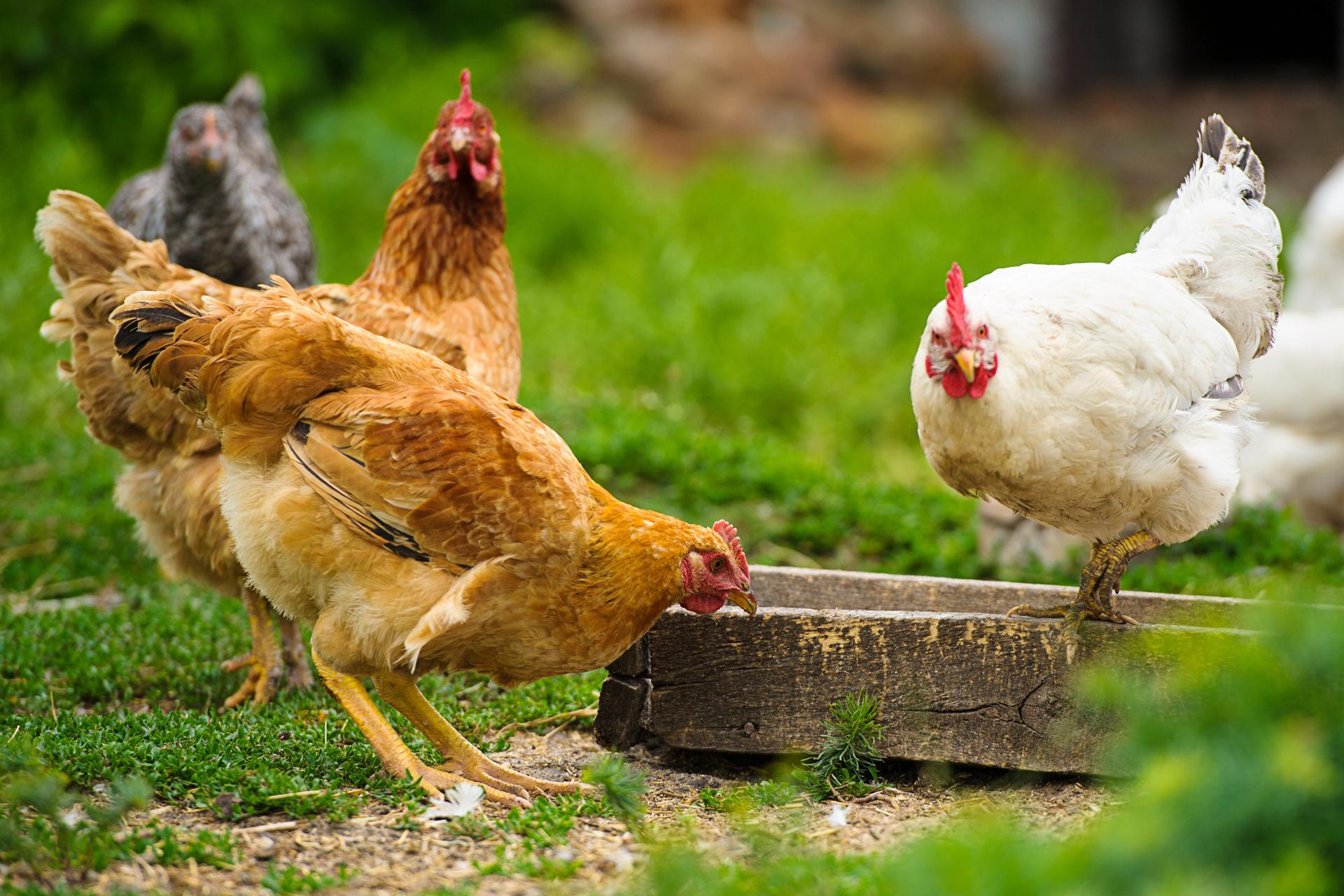IFITM knockout DF1 cells produce higher influenza and newcastle disease viral yields: a proof of concept for avian origin cell-based vaccine production
Vaccines remain essential for the control of infectious diseases during poultry production, especially in high density systems. Many of poultry vaccines are currently grown in embryonated chicken eggs (ECE) or egg derived primary cells. These systems can be relatively costly and present a potential risk of supply during pandemics when demand for ECE can be high. Furthermore, the scale up of ECE vaccine production can be challenging at short notice, especially when the safe disposal of biohazardous waste is required. Avian-origin immortalised cell lines have the potential to be an ideal surrogate and remove the need to use ECE due to species match. However, the viral yield is often much lower than that of ECE which is at least partly due to the activation of interferon responses. One such response is driven by the interferon-inducible transmembrane proteins (IFITM) that are potent broad range viral restriction factors inhibiting viral cell entry. Using CRISPR/Cas9 we deleted the entire IFITM locus from the immortalised chicken fibroblast cell line DF1 and examined the impact on viral growth. Multiple DF1-IFITM-KO clones confirmed that removing IFITM restriction not only augmented infectivity and viral surface protein expression but significantly increased the viral yield up to 1.5 log10 PFU/ml and 0.8 log10 PFU/ml for influenza A virus (IAV), and Newcastle disease virus (NDV) LaSota strain, respectively. Expression of IFITM3 but not IFITM1 in DF1-IFITM-KO cells restored AIV restriction, while expression of both IFITM1 and IFITM3 restricted NDV infectivity. Together, these data confirm that IFITM proteins significantly reduce viral infectivity and growth in chicken cells and that removing this barrier has the potential to improve cell- based vaccine production.
